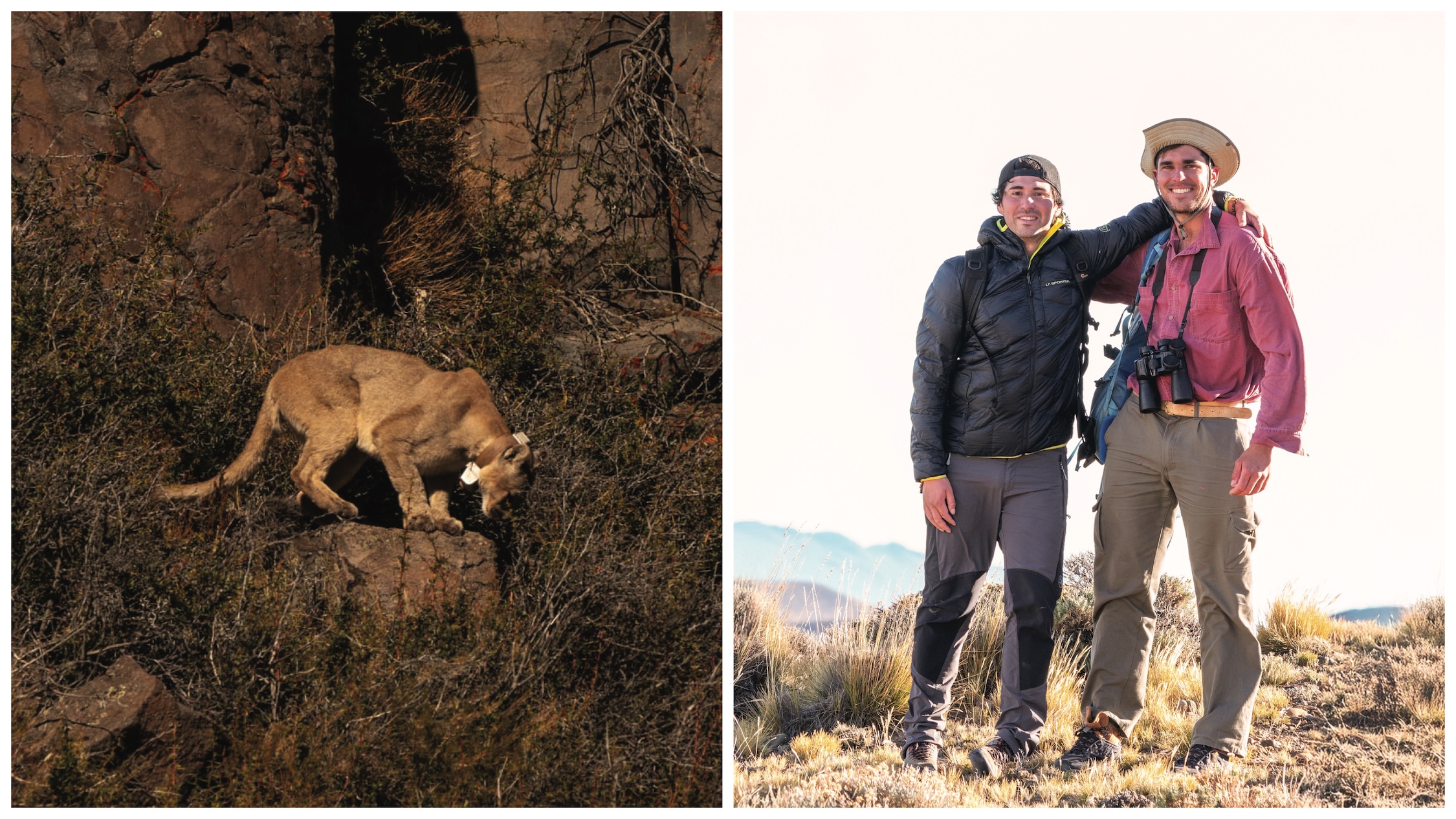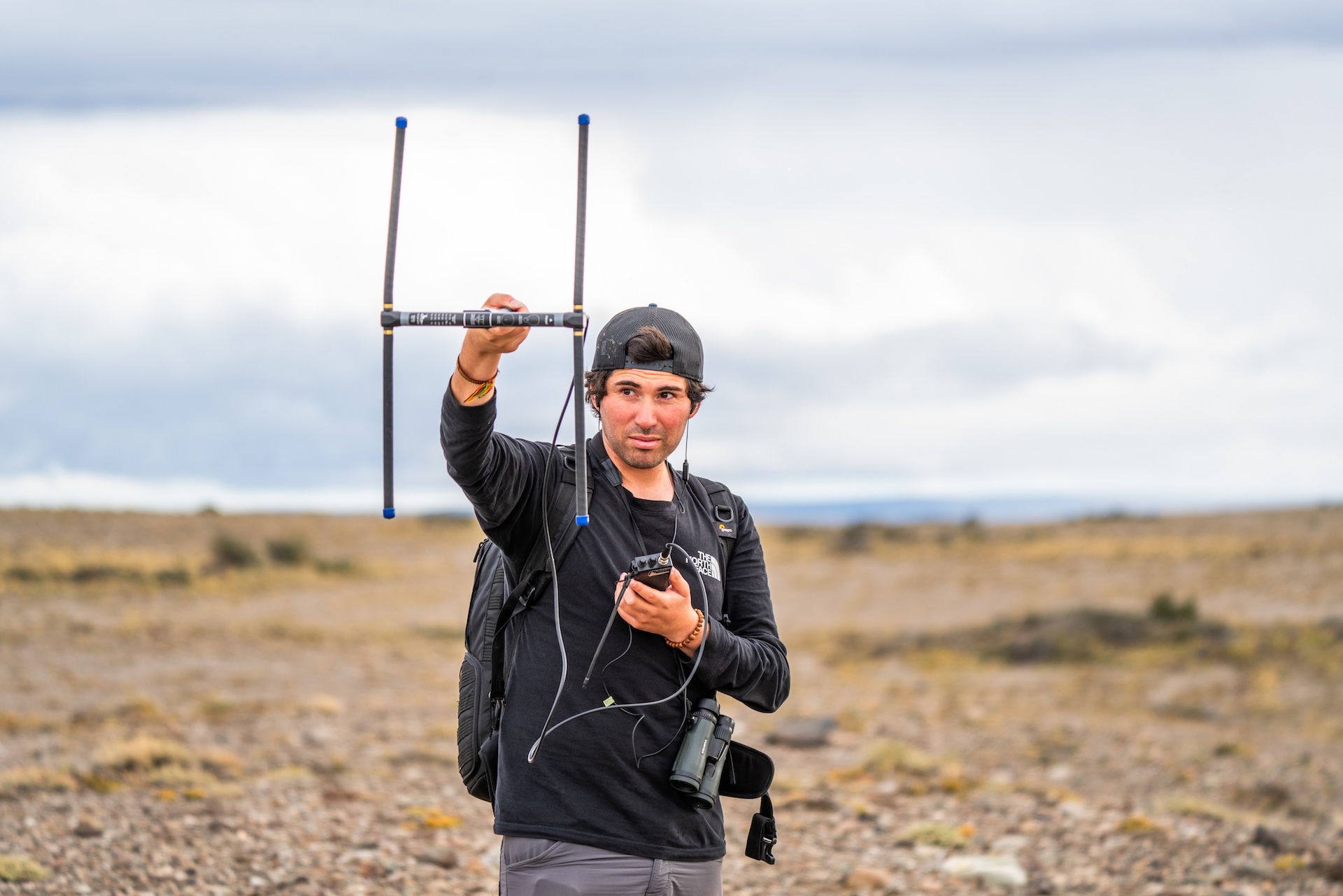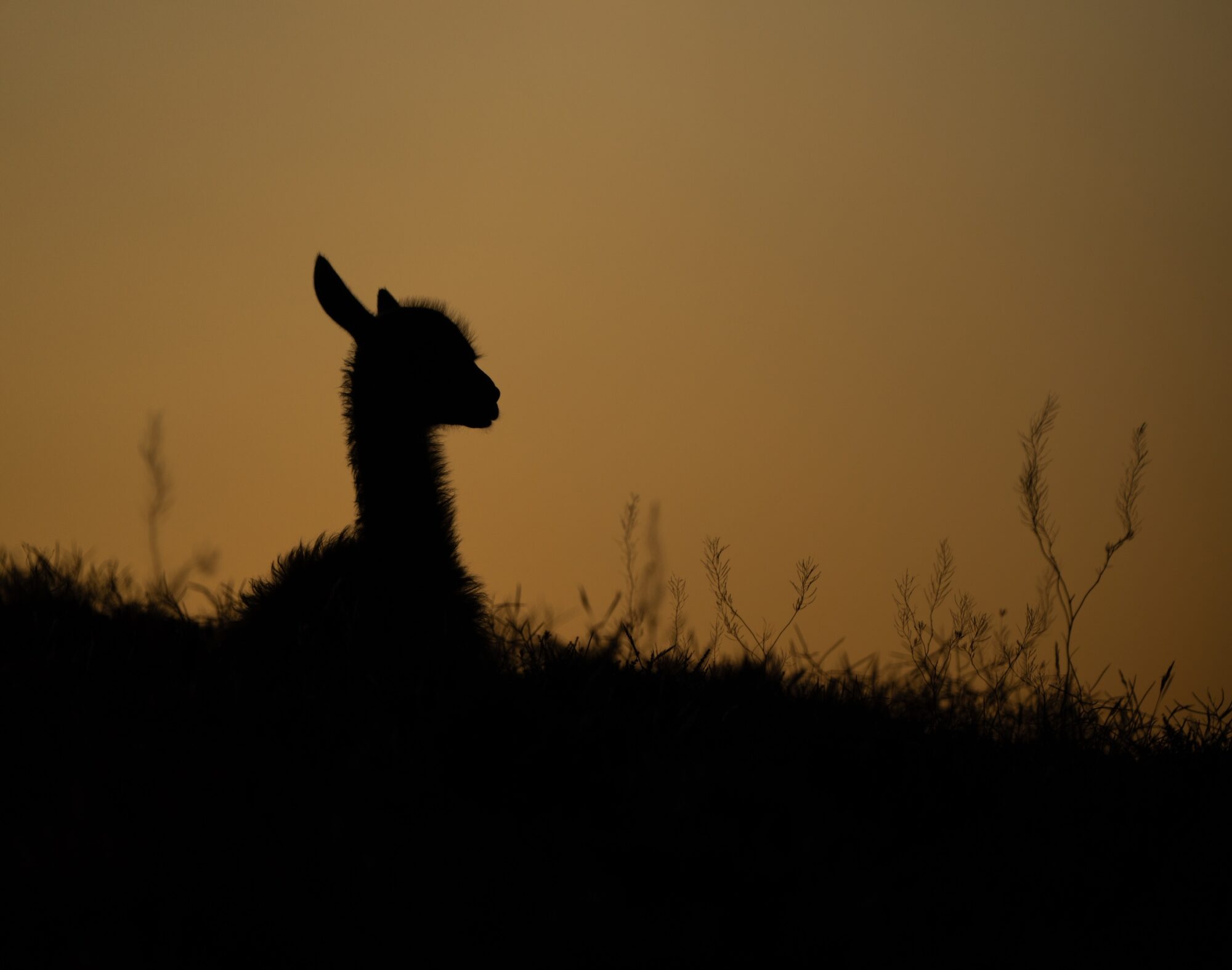Behind the Lens with Iván Berríos: A Chilean Photographer’s Journey Across the Andes to Patagonia Park Argentina
Iván Berríos, known as @etpic on Instagram, is a Chilean guide and renowned photographer specialized in puma tracking. With the support of Rewilding Argentina and Freyja Foundation, he recently crossed the Andes to Patagonia Park Argentina. His mission was to deepen his understanding of the rewilding initiatives at the park and document its unique wildlife. Below, he shares insights from his journey and work.
Photos by Iván Berríos and Horacio Barbieri
Can you share a bit about what you do and what your work involves?
IVÁN BERRIOS —— I’m a photographer and guide in Torres del Paine National Park, located in Chilean Patagonia. I run a company that specializes in private tours, with a strong focus on wildlife photography – particularly of pumas, guanacos, and other local animals – as well as landscape photography.

What was your experience like in Parque Patagonia Argentina? Any highlights that stand out?
I. B. —— My experience in Parque Patagonia Argentina was unforgettable, and it will always stay with me. I never imagined the place would be so beautiful. I had no idea how extensive the trails were, and I was very impressed by the richness of wildlife in the area. Each day there surpassed the one before.
My guide, Hori [Hori Barbieri, communications coordinator at Parque Patagonia], was always very kind and keen to find the best spots for taking photos. The staff at La Posta de los Toldos were also incredibly warm and welcoming.
One of the highlights of the trip was meeting the conservation team at El Unco. They are incredibly knowledgeable, and it’s clear how passionate they are about their work.
I’d like to single out this passion, a passion that everyone I met in the park brings to their work – from the moment I entered through Caracoles Portal to my last day at La Posta Los Toldos. It was uplifting and truly restored my faith in people. You can see the deep love they have for nature and their commitment to its care.

How does puma-watching in Parque Patagonia Argentina compare to Torres del Paine?
I. B. —— I noticed a few differences. In Parque Patagonia, spotting pumas is much more challenging, even though there are probably just as many there as in Torres del Paine. It’s very apparent that they’re scared of humans. I think this is because in areas bordering the park, they’re still hunted in areas bordering the park. It could also be because they’re simply not as accustomed to human presence.
That said, I’m not saying that pumas aren’t hunted in Chile – it happens less frequently, and when it does, these cases usually don’t come to light. There is considerable social pressure around this issue in Chile. Hunting pumas is illegal, and on top of that, several companies and ranches have begun offering wildlife photography tours focused on pumas.
That said, I think things are heading in the right direction in Parque Patagonia. On my last day there with José [José Bonomi, field technician for the conservation team] and Hori, we were able to spot a young puma. She was shy – when she saw us, she quickly ran off, and only after she had put some distance between us did she begin to relax. This is a very positive sign. I believe that, in time, something similar to the puma-watching experiences in Torres del Paine could be developed in Parque Patagonia.

What lessons from Parque Patagonia Argentina will you bring to your work in Torres del Paine?
I. B. —— I was deeply moved by the passion of everyone working for the park’s conservation. The day after my time in Parque Patagonia, I had a tour in Torres del Paine, and I couldn’t stop reflecting on everything I had experienced there – the warmth of the people and the exceptional visitor experience. Without a doubt, it will help me improve the way I connect with my clients.
I will also never forget the patience required when searching for animals across such vast distances. Sometimes, in our hurry to make things happen quickly, it’s easy to forget how much time is actually needed.





